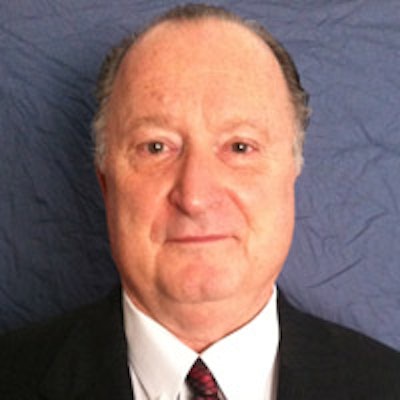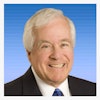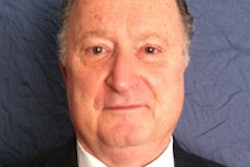
In part 1 of this series, I was called on to take economic science into that place in human nature where doubt over the sincerity of a second party is a maxim and screwing the other guy out of a few dollars is a commonplace method of doing business. I proposed setting a sales price through an established, agreed upon, and consensus valuation methodology, thereby eliminating the dissonance normally associated with two parties bickering over what price to pay. In this way, negotiations on a sale would commence the same for every practice for every sale.
 Thomas Climo, PhD, is a dental practice management consultant and a past professor of economics in England.
Thomas Climo, PhD, is a dental practice management consultant and a past professor of economics in England.Once we have a uniform valuation for each dental practice (or accounting firm), the buyer and seller have that as a foundation for further discussion and agreement on a sales price.
Trust is established by accepting the valuation formula as calculated by an acceptable valuation professional such as myself, and moving forward from there.
Why should dentists accept a valuation as executed by someone like me? Because having executed numerous valuations for both solo practitioners and group practices, I can stake my reputation on its honest portrayal of the profitability of the practice as set against dental industry standards and with other studies such as the American Academy of Dental Group Practice (AADGP) benchmark survey for 2013.
Trust arises from the manner of the presentation. I prepare an eight-column Excel valuation spreadsheet which consists of the following:
- Actual certified public accountant (CPA) or QuickBooks results
- Operating percentages against total revenues of the actual CPA or QuickBooks results
- Recalibrated CPA or QuickBooks results against dental industry standards
- Operating percentages against total revenues for the recalibrated results
- The selling dentist's comments on the recalibration and his or her recasting of the recalibrated results
- Operating percentages against total revenues of the selling dentist's recast
- The buying dentist's comments on the recalibration and his or her recasting of the recalibrated results
- Operating percentages against total revenues of the buying dentist's recast
The spreadsheet contains four sets of differing interpretations of the "value" of the practice as viewed by operating results. Ninth and 10th columns would then be a "consensus" -- what the buyer, seller, and valuation expert agree on as representing the operating performance of the selling practice.
In executing the valuation in this manner, the valuation formula applied is in agreement with all parties to the calculation and the two parties involved in the negotiation. There is no interference as to size, age, makeup, and location. If these ingredients are considered important, they should have found their way into the recalibration or recasting of the actual CPA results.
Why not use the CPA or QuickBooks results? The answer to this is difficult to put into one simple explanation. I use three, but advise the reader that these three observations often extend to as many as a dozen different reasons not to use a CPA or QuickBooks result:
- The owner's contribution to revenues is often not in the income statement and is expressed instead as an owner's draw on the balance sheet. By doing so, the actual CPA or QuickBooks results enhance operating profit by not having any cost-of-fee services against the revenues produced by the owner.
- Depreciation is often not included or, if included, is at an amount that does not maintain the capital account intact. I use 3% of total revenues for depreciation, while most practices range from 0% to 1.25%.
- There is no earnings before interest, taxes, depreciation, and amortization (EBITDA). QuickBooks does not provide it, and, believe it or not, EBITDA is not an acceptable construct in keeping with generally accepted accounting principles (GAAP). A realignment of CPA or QuickBooks results is mandated in order to show this line item.
In conclusion, this series has sketched how I propose to address the human nature of doubting the sincerity of the other party to a negotiation by establishing, as its base, a consensus of the economic foundation of the dental practice up for sale, from both the buyer and seller points of view.
Thomas Climo, PhD, is a professor emeritus of accounting and finance at a major university in the U.K. He has published extensively about the importance of modern managerial and financial decision-making for dentistry. He is a consultant to corporate and solo practitioner dental practice management companies in the states of Arizona, California, Connecticut, Nevada, New Hampshire, New York, and Massachusetts. He can be reached by email at [email protected] or by telephone at 702-578-2757.
The comments and observations expressed herein do not necessarily reflect the opinions of DrBicuspid.com, nor should they be construed as an endorsement or admonishment of any particular idea, vendor, or organization.


















